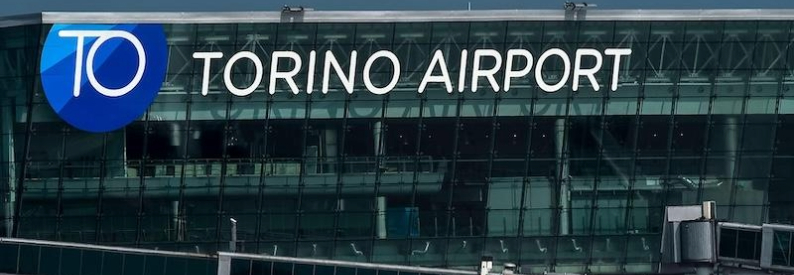EU Must Act to Save Europe’s Smaller Regional Airports

Smaller regional airports across Europe are calling on the European Union and national governments to step in as economic pressures and uneven air connectivity threaten their viability, according to ACI Europe. While larger regional hubs have seen passenger traffic climb 11.7 percent above pre-pandemic levels, airports handling fewer than one million travelers remain 35.1 percent below 2019 figures. Many of these smaller facilities struggle to break even amid rising inflation, fixed operating costs, extreme seasonality and limited economies of scale.
Director General Olivier Jankovec warns that looming EU and UK climate regulations could further depress demand and push ticket prices higher, disproportionately affecting airports that depend on low-cost carriers. “Independent studies have shown that smaller regional airports relying on LCCs will be the most affected, with their passenger traffic decreasing by up to 20 percent by 2050,” he says. “This will result in much-degraded connectivity for our regional communities, directly harming cohesion and territorial equality—and, beyond that, undermining Europe’s competitiveness, as regional airports currently account for 35 percent of Europe’s air connectivity.”
ACI Europe highlights major structural shifts in demand and supply since the pandemic. Leisure and visiting-friends-and-relatives traffic have outpaced business travel, while low-cost carriers have concentrated their growth at larger regional gateways. Smaller airports have seen LCC seat capacity shrink by 27 percent, and full-service carrier presence cut in half, leaving many struggling to maintain critical links.
Andrea Andorno, CEO of Torino Airport and chair of ACI Europe’s Regional Airports Forum, notes the immense pressure airports face to cut costs. “While LCCs have become essential for developing regional air connectivity, supporting tourism diversification and bringing Europeans together, they are also putting extraordinary pressure on regional airports to achieve cost reductions,” he says.
In response, ACI Europe is urging EU authorities to extend operating aid for smaller airports beyond the current 2027 deadline, revise the aviation state aid guidelines to reflect ongoing market realities, and deliver a robust Sustainable Transport Investment Plan to support decarbonization efforts. Jankovec also calls for the abolition of national aviation taxes, citing research that links a 10 percent increase in air connectivity to a 0.5 percent rise in GDP per capita. He stresses that preserving and expanding open skies agreements is equally vital to sustaining access across the continent.
The appeal follows ACI World’s latest Airport Economics Report, which reveals that passenger traffic nearly returned to pre-pandemic levels in 2023—just 5.4 percent below 2019—but revenues lagged by 11.4 percent. ACI World warns that the weakened financial health of airports globally threatens critical infrastructure development needed to meet soaring future demand. With global passenger numbers expected to reach 17.7 billion by 2043 and 22.3 billion by 2053—nearly 2.4 times 2024 volumes—an estimated $2.4 trillion in capital investment will be required by 2040 to expand and modernize runways, terminals and support facilities.
Justin Erbacci, ACI World’s Director General, emphasizes the urgency of implementing flexible regulatory frameworks that allow airports to secure necessary financing. “With air travel demand expected to soar in the coming decades, it is crucial that regulators implement flexible policies to support airport infrastructure investments—ensuring aviation’s sustainable growth and maximizing its social and economic benefits,” he says.
As Europe’s aviation sector grapples with decarbonization deadlines and evolving market dynamics, ACI Europe’s call for targeted policy intervention aims to protect regional connectivity, bolster economic cohesion and safeguard the region’s competitiveness on the global stage.
Related News : https://airguide.info/category/air-travel-business/airline-finance/
